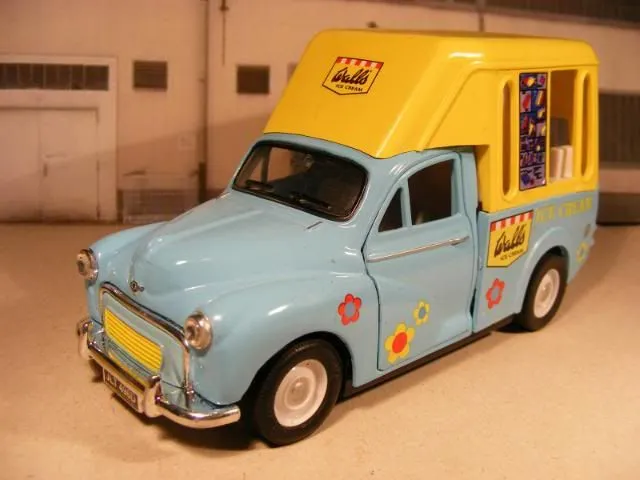What is Diecast Slot Car Conversion
Diecast slot car conversion is the process of modifying a standard diecast model car, transforming it into a functional slot car. This exciting hobby blends the detailed aesthetics of diecast models with the thrilling racing action of slot cars. It allows enthusiasts to create unique and personalized slot cars, often based on their favorite real-world vehicles or fantasy designs. This guide will provide you with all the necessary information, from selecting the right materials to the step-by-step conversion process, ensuring you can successfully convert your own diecast cars.
Benefits of Converting Diecast Cars
Converting diecast cars into slot cars offers several advantages over purchasing pre-made slot cars or simply collecting diecast models. The conversion process itself is a rewarding experience, allowing hobbyists to learn new skills and express their creativity. Furthermore, converted cars often boast superior detailing and unique designs compared to many commercially available slot cars, making them stand out on the track or display. This offers a personalized touch that adds value to the overall hobby experience.
Enhanced Detail and Realism
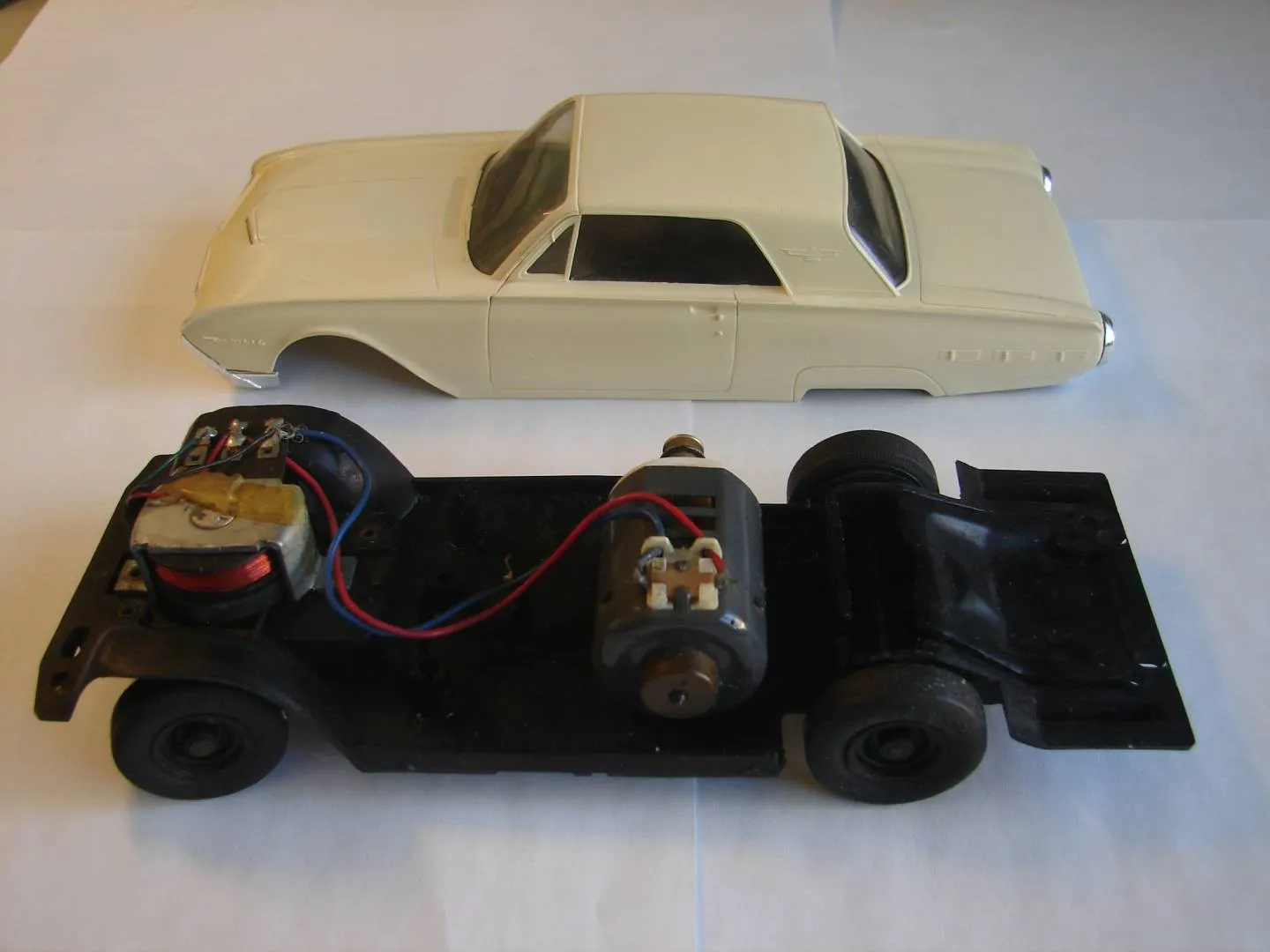
Diecast models are known for their high level of detail, often featuring realistic paint jobs, accurate body lines, and detailed interiors. Converting these models allows you to retain this level of realism in your slot cars. Unlike some slot cars that might prioritize performance over appearance, diecast conversions allow you to enjoy both stunning visuals and exhilarating racing performance. The attention to detail in diecast models elevates the overall aesthetic appeal of the slot car.
Cost-Effectiveness
While the initial investment in materials can vary, converting diecast cars can be a cost-effective alternative to purchasing high-end, pre-built slot cars. Diecast models are often available at reasonable prices, and with careful selection of components, the conversion process can be done within a budget. Moreover, by repurposing existing diecast models, you can save money and reduce waste, making it an environmentally conscious hobby as well. In addition, the ongoing maintenance costs can be significantly less.
Unique Customization Options
One of the greatest appeals of diecast slot car conversion is the unparalleled level of customization it offers. You are not limited to the designs and liveries available in pre-made slot cars. Instead, you can choose any diecast model you like and convert it. This includes classic cars, modern race cars, fantasy vehicles, and even custom designs. The possibilities are endless, allowing you to create a truly unique slot car collection that reflects your personal style and interests. This flexibility provides a sense of ownership.
Materials Needed for Conversion
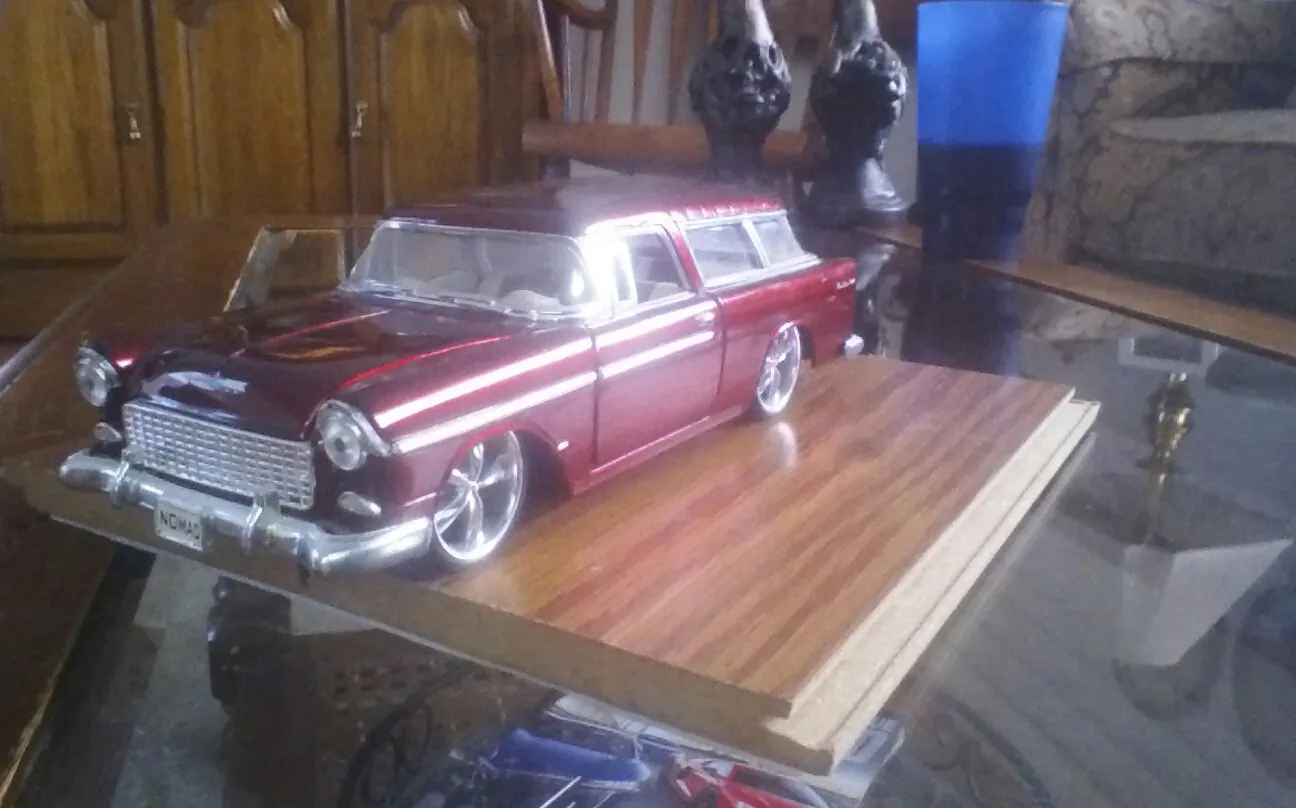
To begin your diecast slot car conversion project, you’ll need to gather a few essential materials. The specific components will vary depending on the model and your desired performance, but the following list provides a good starting point. Preparing your workspace and gathering all of your supplies beforehand will streamline the conversion process and improve your chances of success. Ensure you have adequate lighting and ventilation to promote safe and effective work on your slot car project.
Diecast Car
The foundation of your project! Choose a diecast model car that appeals to you. Consider the scale (typically 1:24 or 1:32 for slot cars), the body style, and the overall condition of the model. Look for models with simple body shapes, avoiding complex curves or intricate details that might complicate the conversion process. Avoid models with a lot of glued-on parts that could be easily damaged. The model should be sturdy to handle the stresses of racing. Select a model that you like.
Slot Car Chassis
The chassis is the structural framework of your slot car, housing the motor, gears, and axles. You can either purchase a pre-made slot car chassis designed for conversion or fabricate your own. Pre-made chassis offer convenience and often come with pre-drilled holes and mounting points. When choosing a chassis, consider the scale of your diecast car and the desired performance characteristics. Several different chassis options offer varying levels of performance and adjustability. Consider your budget and experience level.
Motor and Gears
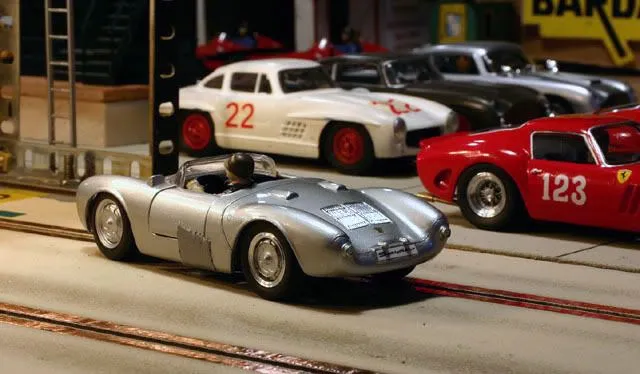
The motor and gears provide the power and torque for your slot car. Slot car motors come in various types, each with different performance characteristics. You’ll need to select a motor that is compatible with your chosen chassis and the scale of your model. Gears are crucial for transferring power from the motor to the axles. Choose gear ratios carefully to balance speed and acceleration. High-quality gears ensure smooth and efficient power transfer, which helps with racing. Be sure to consider the voltages for the motor and the track.
Wheels and Axles
Wheels and axles are essential for rolling the car along the track. Slot car wheels are typically made of plastic or rubber, providing grip and handling. Choose wheels that are the correct size for your diecast car, allowing for proper ground clearance and a balanced stance. Axles connect the wheels and transfer power from the gears. Ensure the axles are straight and true to prevent wobbling. Consider using performance wheels for increased grip and better racing times. These are available in different compounds.
Conversion Process Step-by-Step
Converting a diecast car into a slot car involves several key steps. While the specific process may vary depending on the model and components, this step-by-step guide provides a general overview. Patience and attention to detail are essential throughout the conversion process. Proper preparation, careful execution, and consistent testing will lead to a successful and enjoyable conversion project. Work in a well-lit area, and consider wearing safety glasses to protect your eyes.
Disassembly of the Diecast Car
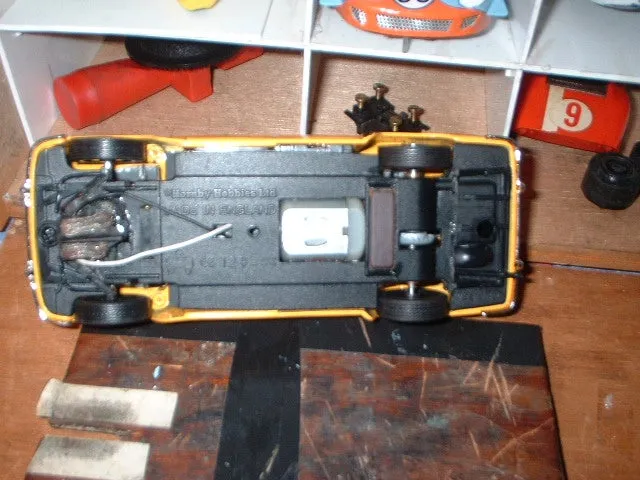
Carefully disassemble the diecast car. This typically involves removing the baseplate, interior, and any other components that will interfere with the conversion. Use appropriate tools, such as small screwdrivers and pliers, to avoid damaging the model. Take your time and document the process if you need to. Gently pry apart any glued sections, and be mindful of delicate parts. Keep the removed parts in a safe place in case you need them later or if you change your mind.
Preparing the Chassis
Prepare the slot car chassis according to the manufacturer’s instructions or your own design. This may involve drilling holes, cutting away sections, or adding mounting points to accommodate the motor, gears, and axles. Ensure the chassis is properly aligned and securely mounted to the diecast car body. Test fit the chassis within the body, and make any necessary adjustments to ensure proper clearance. Make sure the chassis is strong enough to withstand the stresses of racing.
Mounting the Motor and Gears
Mount the motor and gears to the chassis. Follow the instructions provided with the motor and gears. Ensure the motor is securely fastened and properly aligned with the gear system. The gears should mesh smoothly, without being too tight or too loose. This is essential for efficient power transfer and minimizing friction. Adjust the gear mesh until you find the ideal balance between speed and smoothness. A properly installed motor and gear system makes all the difference.
Installing Wheels and Axles

Install the wheels and axles, ensuring they are straight and true. The wheels should spin freely without rubbing against the chassis or body. Use wheel spacers or shims to adjust the track width and ensure proper wheel alignment. Tighten the wheels securely to the axles. Test the rolling resistance by spinning the wheels and observing the movement. Proper wheel alignment is crucial for stability and performance on the track. Make sure the tires are securely mounted.
Body Modification and Detailing
Make any necessary modifications to the diecast car body to accommodate the chassis and components. This may involve trimming the interior, cutting holes for the axles, or creating mounting points for the chassis. Reattach the body to the chassis, ensuring a secure fit. Add any desired detailing, such as lights, decals, or custom paintwork. Make sure the body is securely attached to the chassis. This is also a great time to detail the body or add any custom decals.
Electronics and Wiring
Wire the motor and any other electronic components, such as lights. Follow the wiring diagrams provided with the components. Use heat shrink tubing to protect the wiring and create neat connections. Ensure the wiring is properly routed to prevent interference with the moving parts. Double-check all connections to ensure they are secure and reliable. Before fully closing up the car, test all the electrical connections with a low voltage.
Testing and Fine-Tuning
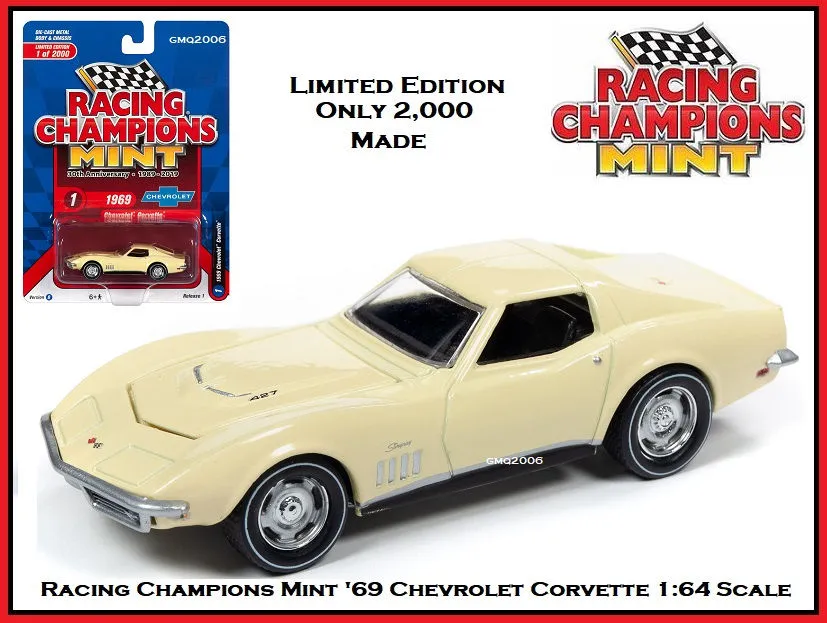
Test the slot car on a track to assess its performance. Identify any issues, such as wheel alignment problems, motor performance problems, or body mounting difficulties. Make adjustments to the chassis, gears, or other components to improve the car’s handling and speed. Fine-tune the car until it runs smoothly and efficiently. This is an iterative process. You may need to experiment with different setups to achieve optimal results. Test and then repeat.
Common Challenges and Solutions
Converting diecast cars can present some challenges. However, with careful planning and problem-solving skills, you can overcome these obstacles. By understanding common issues and their solutions, you can avoid frustration and ensure a more successful conversion project. Troubleshooting any issue requires a systematic approach, so test different aspects. Seek advice from experienced hobbyists or online forums, which can provide useful insights and solutions.
Wheel Alignment Issues
Wheel alignment issues can affect the car’s handling and performance. Common problems include wheels rubbing against the body, axles being bent, or wheels not being properly centered. Solutions include using wheel spacers, straightening axles, or adjusting the chassis to provide adequate clearance. You may need to experiment with different wheel sizes or chassis configurations. Poor wheel alignment affects speed and control on the track. Check wheel alignment regularly.
Motor Performance Problems
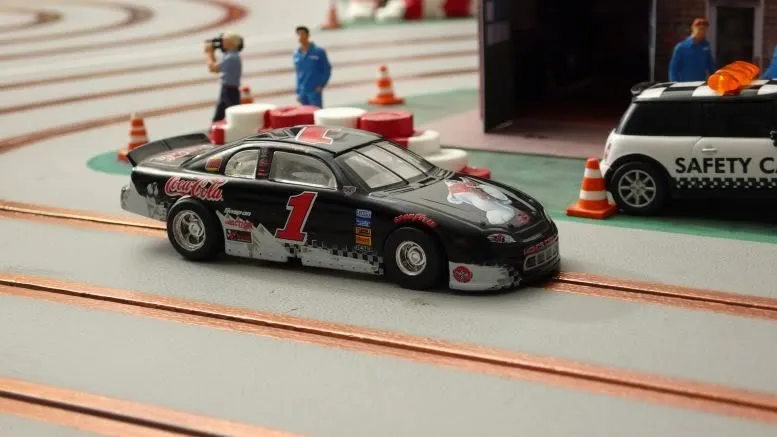
Motor performance problems can result in a lack of power or erratic behavior. Potential causes include a faulty motor, incorrect gear ratios, or inadequate power supply. Solutions include replacing the motor, adjusting the gear ratios, or upgrading the power supply. Testing the motor with a multimeter can help diagnose the issue. Ensure the motor is properly connected and receiving sufficient power. Consult guides to determine the correct settings.
Body Mounting Difficulties
Body mounting difficulties can result in the body not fitting properly or interfering with the chassis or wheels. These difficulties may also impact performance. Solutions include trimming the body to accommodate the chassis, adjusting the chassis mounting points, or using alternative mounting methods. Make sure the body is securely attached to the chassis. The body should allow the car to turn and not touch the track. Re-evaluate your work from a different perspective.
Tips for a Successful Conversion
Here are some valuable tips to help you achieve a successful diecast slot car conversion. Following these guidelines will increase your chances of creating a high-performing and visually appealing slot car. Taking the time to understand the principles of slot car design and conversion will greatly enhance your enjoyment of the hobby. Plan carefully and take your time when working on your project.
Choosing the Right Diecast Car
Select a diecast car that is suitable for conversion. Consider the scale, body shape, and overall condition. Look for models with a simple body design, which are generally easier to work with. Avoid models with intricate details that might complicate the conversion process. Examine the model for any pre-existing damage. Select a model that suits your skills and experience. Consider the desired performance characteristics, which may influence your choice.
Selecting the Appropriate Chassis
Choose a chassis that is appropriate for your diecast car’s scale and your desired performance goals. Pre-made chassis offer convenience and a range of features. Consider factors such as the motor type, gear ratios, and adjustability. Take your time and compare the options. Choose a chassis that is well-suited to your needs. Consult online reviews and forums to learn about the pros and cons of different chassis models.
Importance of Proper Gear Ratios
Carefully consider the gear ratios you use in your slot car conversion. The gear ratio affects the car’s acceleration and top speed. Experiment with different gear ratios to find the optimal balance for your track and driving style. Smaller pinion gears give more acceleration, while larger pinion gears give more top speed. Adjusting gear ratios requires careful planning. Consider the performance of your slot car and adjust accordingly. Test different gear combinations on the track.
Tools and Safety Precautions
Use the proper tools and safety precautions when working on your slot car conversion. Use small screwdrivers, pliers, hobby knives, and a soldering iron. Wear safety glasses to protect your eyes from flying debris. Work in a well-ventilated area. Avoid inhaling fumes from glues or paints. Be careful when using power tools. Take your time and double-check your work. Proper tool selection, combined with safety measures, will maximize your project’s success.
Resources for Conversion
Several resources are available to assist you with your diecast slot car conversion project. These resources offer valuable information, guidance, and inspiration. By utilizing these tools, you can learn new techniques, troubleshoot problems, and connect with other enthusiasts. From online communities to specialized books and videos, these resources are essential for both beginners and experienced hobbyists. Consider building on these existing resources.
- Online Forums and Communities Explore online forums and communities dedicated to slot cars and diecast model cars. Engage with other hobbyists, ask questions, and share your experiences. Forums such as Slot Car Illustrated and SCI are great choices.
- Tutorials and Guides Search for tutorials and guides on YouTube and other platforms. Numerous videos and articles provide step-by-step instructions and helpful tips. Look for tutorials that match your model and skill level.
- Specialized Websites and Retailers Visit websites of slot car retailers and manufacturers. These sites often feature informative articles, product reviews, and conversion guides. Websites such as Pendle Slot Racing are helpful.
- Books and Magazines Consult books and magazines dedicated to slot cars and model car building. These publications offer detailed information on various topics, from chassis selection to track design.
- Local Hobby Shops Visit local hobby shops to get advice and support from experienced enthusiasts. Local shops are great places to find supplies and learn about local clubs and events.
